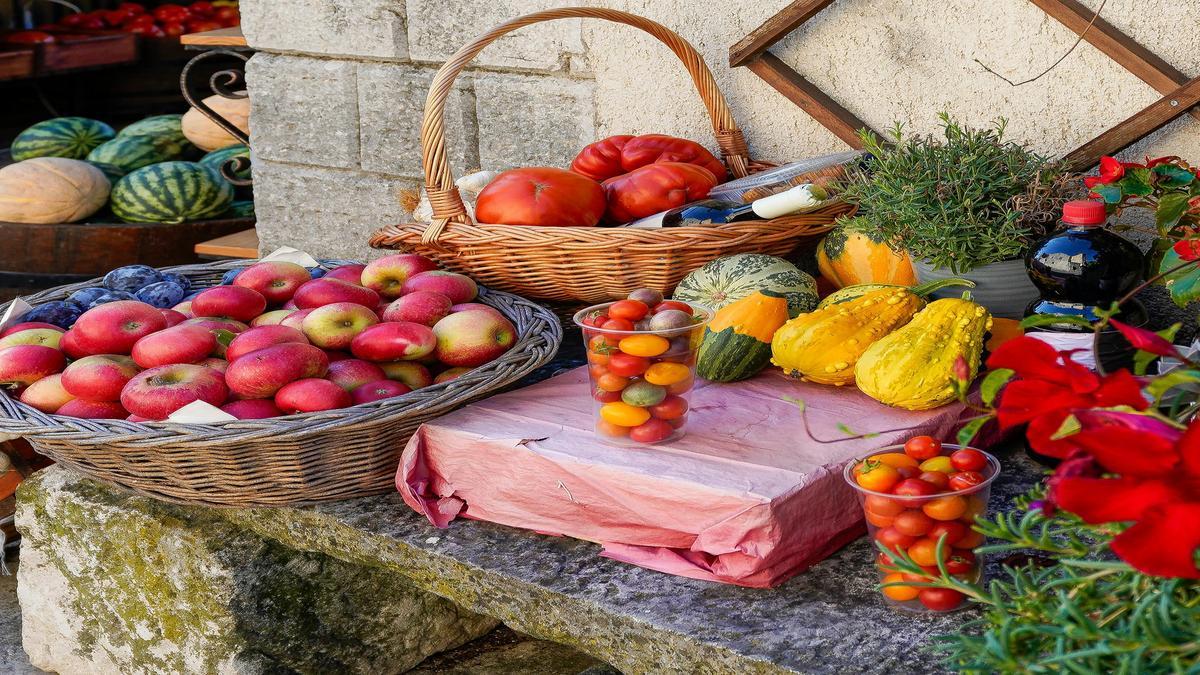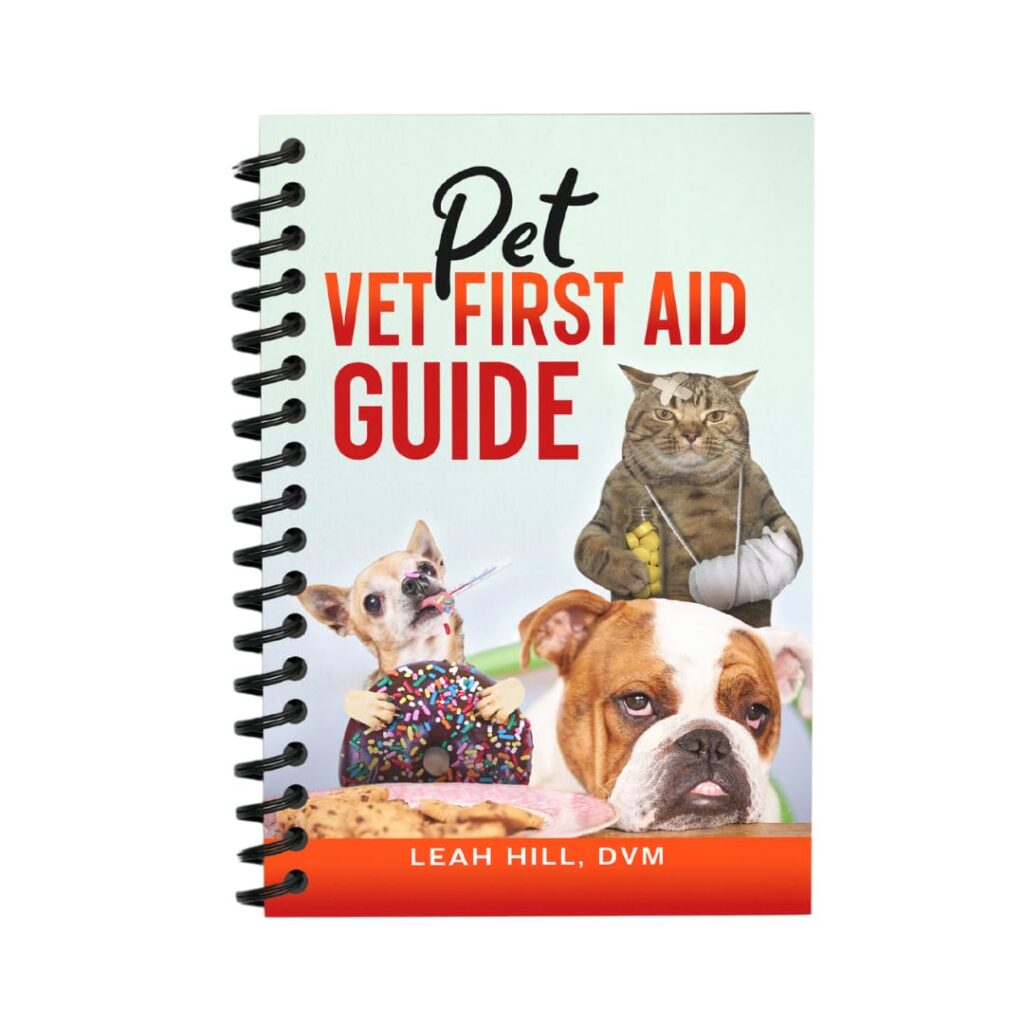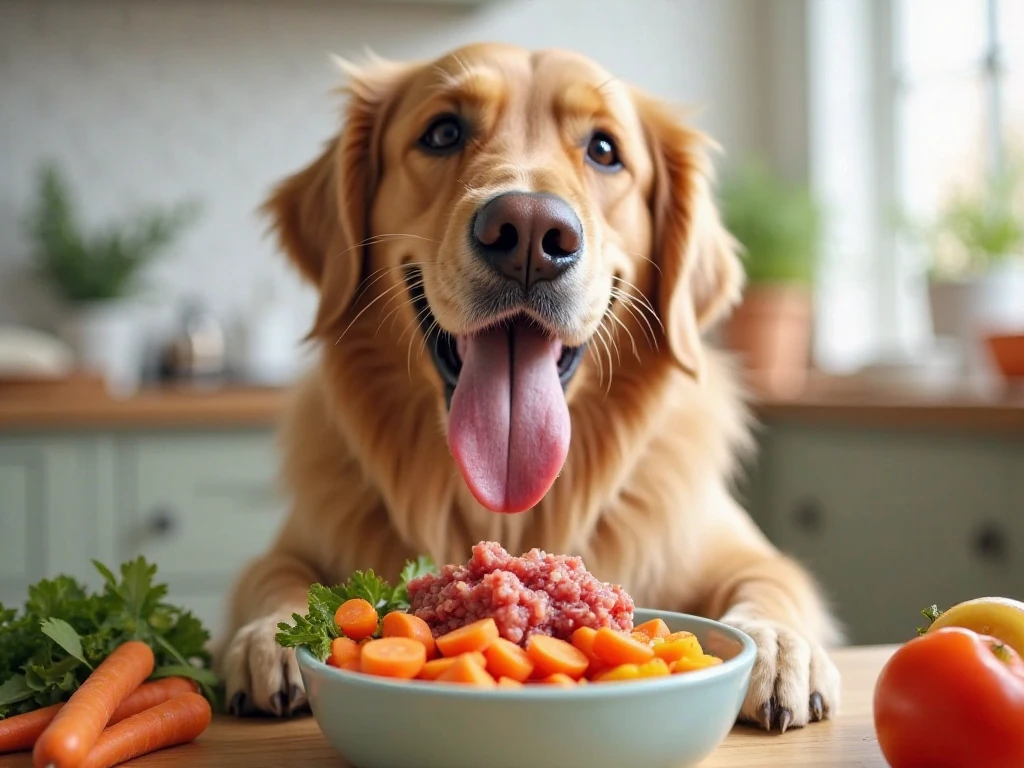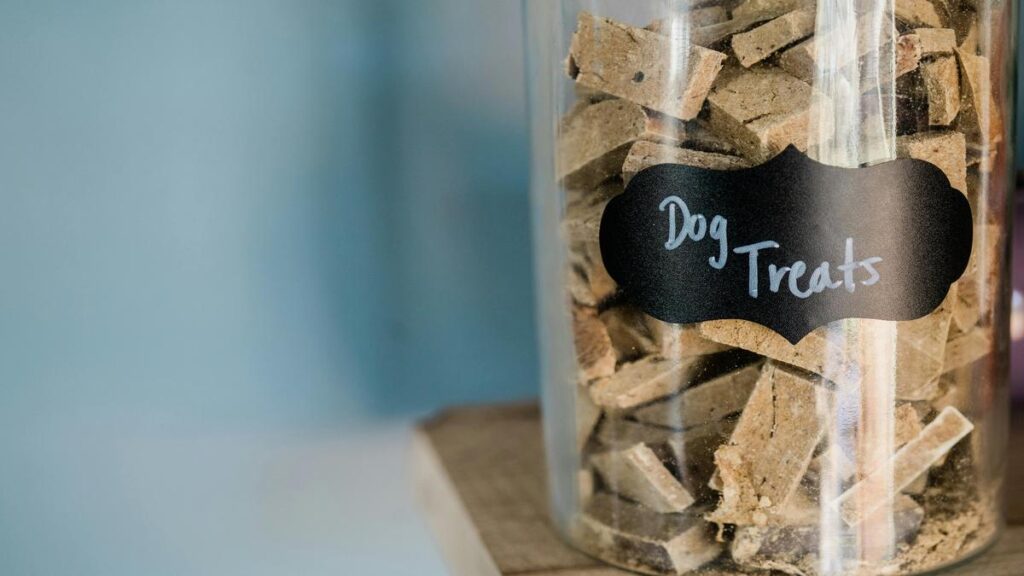Are you curious about the Top 5 Most Dangerous Fruits for Pets?
It’s crucial to know which fruits can be harmful to our furry friends.
Your pet might love sharing snacks, but some fruits can cause real trouble. In this article, we’ll explore the fruits to avoid, the symptoms of fruit poisoning, and even reveal a few surprising fruits that are safe for your pets.
Let’s keep those tails wagging and those whiskers twitching by ensuring our pets’ safety!
Essential Points to Remember
- Some fruits can be very dangerous for your pets.
- Avoid grapes, raisins, and citrus fruits.
- Always check which fruits are safe before sharing.
- Not all fruits are safe; do your research first.
- Keep your pets’ diet healthy and safe.

Summary
What Are the Top 5 Most Dangerous Fruits for Pets?
When it comes to keeping our furry friends safe, we often think of harmful foods like chocolate or onions. But did you know that some fruits can also pose serious risks to your pets? Let’s dive into the Top 5 Most Dangerous Fruits for Pets, so you can be better prepared.
- Grapes and Raisins: These small fruits can cause significant problems. Even a small amount can lead to kidney failure in dogs. Symptoms include vomiting, diarrhea, and lethargy. It’s unclear why they affect pets so severely, but it’s best to keep them far away. For more detailed information on harmful foods, check out this resource.
- Avocado: While we might enjoy guacamole, avocados contain a substance called persin, which can be toxic to pets. Dogs and cats can experience vomiting and diarrhea after consuming even a small amount. So, keep that avocado toast to yourself!
- Citrus Fruits (Lemons, Limes, Oranges): These fruits contain citric acid, which can upset your pet’s stomach. While a tiny bit might not hurt, larger amounts can lead to severe issues like depression or central nervous system problems.
- Cherries: The flesh of cherries isn’t the issue, but the pits contain cyanide, which is toxic. If your pet munches on a cherry or two, watch for symptoms like difficulty breathing or red gums.
- Tomatoes: Yes, tomatoes are technically fruits! While ripe tomatoes are generally safe, the green parts (stems and leaves) contain solanine, which can be toxic. Symptoms include gastrointestinal upset and lethargy.
It’s essential to be aware of these fruits and keep them out of reach. A little prevention goes a long way in keeping your pets safe!
Understanding Fruit Toxicity: Why Some Fruits Are Harmful
So, why are some fruits harmful while others are safe? It primarily boils down to toxins. Fruits can contain natural compounds that are harmless to humans but dangerous for pets.
For example, grapes and raisins can cause kidney damage, but we can eat them without a second thought. This difference is due to how our bodies process these substances. Pets, especially dogs and cats, have different metabolisms that make them more susceptible to certain toxins.
Also, some fruits have parts that are more toxic than others. Take cherries, for instance. The flesh is fine, but the pits are a big no-no. It’s like having a hidden danger in a seemingly safe snack!
Understanding these differences is crucial. It helps pet owners make informed choices about what to feed their furry friends. Always do a little research before introducing new foods into your pet’s diet. For insights on safe foods, visit this guide.
Common Symptoms of Fruit Poisoning in Dogs and Cats
If your pet accidentally munches on something they shouldn’t have, knowing the common symptoms of fruit poisoning can help you react quickly.
- Vomiting: This is often the first sign. If your pet throws up after eating a certain fruit, take note.
- Diarrhea: Loose stools can also indicate that something isn’t right.
- Lethargy: If your usually energetic pet seems tired or uninterested in play, it could be a sign of trouble.
- Loss of Appetite: If your pet suddenly refuses to eat, it’s worth investigating.
- Abdominal Pain: If your pet seems uncomfortable or is whining, they might be experiencing stomach issues.
- Difficulty Breathing: This is more serious and could indicate a severe reaction.

If you notice any of these symptoms after your pet has eaten a potentially toxic fruit, don’t wait. Contact your veterinarian immediately. Early intervention can make a significant difference. For more on pet health, consider reading this article on dog health insurance.
What to Do If Your Pet Eats Toxic Fruits
If you find out that your pet has eaten something toxic, don’t panic. Here’s a simple guide on what to do:
- Identify the Fruit: Try to figure out what your pet ate. This will help your vet understand the situation better.
- Check for Symptoms: Monitor your pet closely. Look for any signs of distress like vomiting, diarrhea, or lethargy.
- Call Your Vet: Even if your pet seems fine, it’s always best to consult with a professional. They can provide specific advice based on what your pet ingested.
- Don’t Induce Vomiting Without Guidance: While it might seem like a good idea, inducing vomiting can sometimes do more harm than good. Always consult your vet first.
- Follow Your Vet’s Instructions: If your vet recommends bringing your pet in for an examination, do it promptly. Time can be of the essence in these situations.
Remember, the best way to avoid these situations is prevention. Keep dangerous fruits out of reach and educate yourself about what’s safe for your pets. For more tips on pet care, you might find this resource on dog first aid tips helpful.
3 Surprising Safe Fruits for Pets You Might Not Know About
Now, let’s lighten the mood a bit! Not all fruits are bad for pets. Here are three surprising safe fruits that you might not know about, and they can actually be good for your furry friends:
- Blueberries: These tiny powerhouses are packed with antioxidants. They can be a great low-calorie treat for dogs and cats alike. Plus, most pets love their sweet taste!
- Watermelon: This refreshing fruit is mostly water, making it a hydrating snack. Just be sure to remove the seeds and rind before giving it to your pet.
- Bananas: Dogs and cats can enjoy bananas in moderation. They’re rich in potassium and can be a tasty treat. Just remember, too much can lead to an upset stomach.
It’s always fun to treat your pets, and these fruits can be a healthy option. Just make sure to introduce any new food slowly and keep an eye on how your pet reacts. For more healthy food ideas, check out this list of healthy foods for dogs.
Pet Care Guidelines: Keeping Your Furry Friends Safe from Dangerous Fruits
To keep your pets safe, here are some pet care guidelines to follow:
- Educate Yourself: Know which fruits are harmful. A quick search can save you a lot of trouble.
- Secure Food Storage: Keep fruits and other human foods out of your pet’s reach. A locked cabinet or high shelf can do wonders.
- Read Labels: If you’re buying pet treats, check the ingredients. Some might contain harmful fruits or additives.
- Supervise Treat Time: When giving your pets new foods, watch them closely. This way, you can catch any adverse reactions early.
- Create a Safe Environment: If you have fruit trees in your yard, make sure your pets can’t access the fallen fruit.
- Regular Vet Check-ups: Routine vet visits can help catch any potential health issues before they become serious.
By following these guidelines, you can help ensure your pets stay healthy and safe from harmful fruits and other hazards. For more on pet care, consider reading this guide on natural dog food diets.
Conclusion
In wrapping things up, it’s clear that being a pet parent comes with its own set of challenges, especially when it comes to keeping your furry friends safe from harmful fruits.
Armed with the knowledge of the Top 5 Most Dangerous Fruits for Pets like grapes, raisins, and avocados, you can make informed choices that keep those tails wagging and whiskers twitching. Remember, a little prevention goes a long way. Always stay vigilant and check what’s safe before sharing any snacks.
And hey, don’t forget about those surprising safe fruits like blueberries and watermelon that can be delightful treats for your pets! The journey of pet ownership is filled with love, joy, and a sprinkle of caution. So, keep your eyes peeled, and your pets safe!
For more tips and insights on pet care, feel free to explore more articles at Tech Havela. Happy reading!
Frequently Asked Questions
What are the Top 5 Most Dangerous Fruits for Pets?
The Top 5 Most Dangerous Fruits for Pets include: grapes, raisins, avocados, cherries, and citrus fruits.
Why are grapes and raisins harmful to pets?
Grapes and raisins can cause kidney failure in pets. Just a small amount can make them sick.
Is it safe to give my pet avocado?
No, avocado is not safe. It contains a toxin called persin, which can hurt your pet’s heart.
Are cherries dangerous for dogs?
Yes, cherries can be harmful. The pits can choke your pet and contain cyanide, which is toxic.
What about citrus fruits?
Citrus fruits like lemons and limes can upset your pet’s stomach and cause other health issues.
Are there any surprising “safe” fruits?
Yes, some safe fruits include blueberries, strawberries, and watermelon. Always check first before sharing!
How can I keep my pets safe around fruits?
Keep dangerous fruits out of reach. Always research before giving your pet new foods. Your pet’s safety comes first!
**Sidnir Vieira**
Founder of TechHavela
A passionate pet and tech content creator, helping dog owners across the U.S. make smarter decisions for their furry friends.



